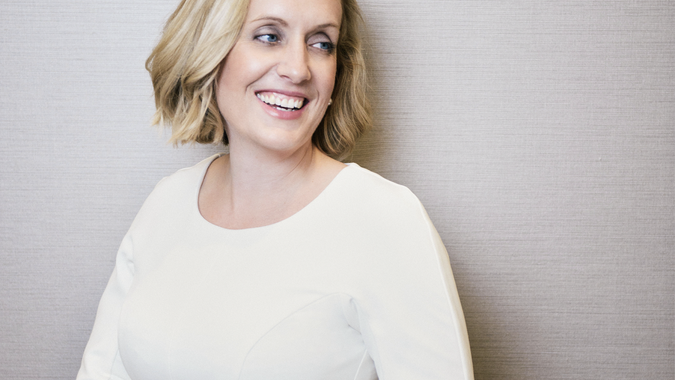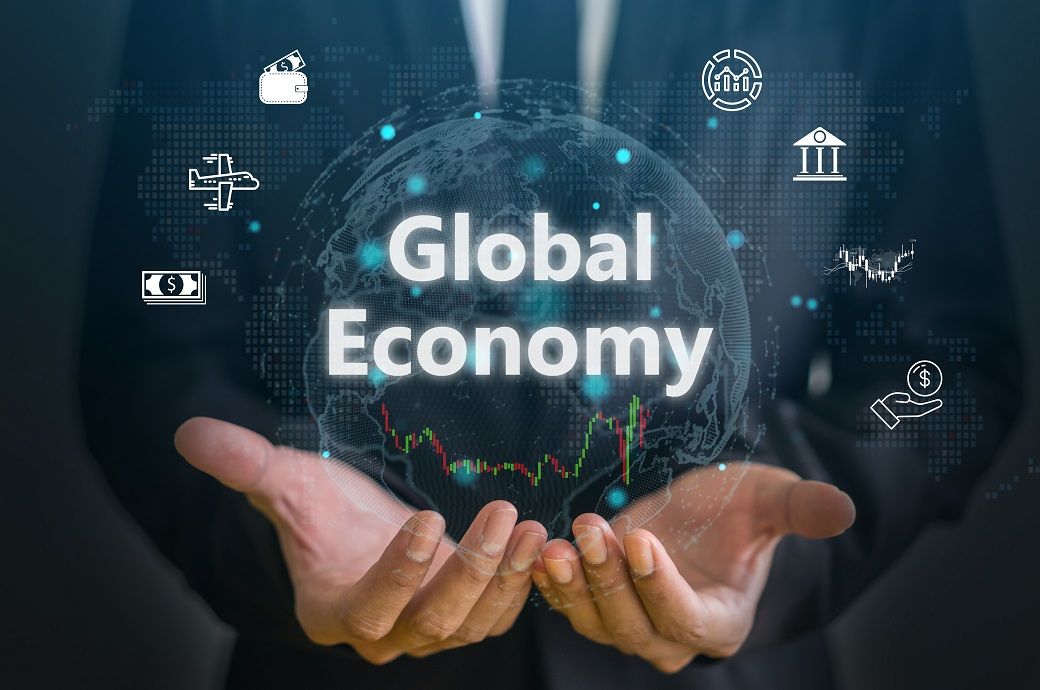Just four years ago, Camille Love made the jump from Head of Institutional Business at Perennial to Managing Director of eInvest. She started the business in 2017. eInvest is a specialist company that actively manages exchange-traded funds. Their focus is on investment capability to partner with proven investment managers.
 Camille Love, MD of eInvest – Valuewalk
Camille Love, MD of eInvest – Valuewalk
Q3 2021 hedge fund letters, conferences and more
Before her time at eInvest, she was responsible for client management and institutional sales, dealing in equities, fixed interest, and derivatives products. When Love moved to open eInvest she brought over 17 years of experience in the financial sector.
In 2021, eInvest has five active ETFs. The income generator fund (EIGA) aims to provide investors with a regular monthly income. ECOR aims to provide investors will a regular stream of income over the medium term, as does DHOF (global hybrid securities). EMAX offers a monthly income stream. IMPQ (better future fund) is suited to those trying to achieve long-term capital growth.
At the core of eInvest’s business is the belief that investors should access institutional-quality investment management capabilities to build their investment portfolios. Love recognized a gap in the listed market for ETFs and is a firm believer in investors taking greater control of their investments. Investors want a more straightforward investment, ease of access, and more control.
What Are Some Things That People Should Consider Before Investing In An ETF?
According to Love, there are several factors investors should consider before they make the step to invest in ETFs. “What are your goals? What is your time frame? What level of risk can you handle? You need to consider your circumstances before investing and seek advice if you need to.”
As with any investment, there is always a financial risk, and every investor has a different threshold for risk. Love says that investors should “Always do their research first. Research the business, the ETF, the index if necessary, and the investment team. You should never invest in something unless you have a full understanding of the product.”
Love adds, “You should always read the product disclosure statement (PDS).” The PDS will provide you with important information that will help you determine whether an investment in the product is the right choice. It provides you with clean language that explains the product.
What Should New Investors Do?
Love says that new investors “Should dip their toes in first if they are new to investing.” Investment is a learning process, and you will learn more the longer you do it. Your first investment is an excellent opportunity to educate yourself on ETFs and the portfolio management process. It would help if you got to grips with when an ETF’s value increases and when it may decrease in value.
“Diversification is key.” Assess your portfolio’s diversification in terms of adding an ETF. Is the ETF you plan to add adequately diverse? Does it meet your needs when you compare it to your existing investments?
What Is The Difference Between A Passive And Active ETF?
Love points out two significant differences between passive and active ETFs that investors should consider. “Firstly, an active ETF doesn’t follow an index; they are focused on outperforming an index or other objective.”
“Secondly, an active ETF utilizes a team of investment professionals to choose which companies to invest in. An investment team may prefer certain companies based on their criteria. ETF holdings, therefore, reflect their views rather than an arbitrary market weight.” There are other differences, of course. So, do your homework on the exchange-traded fund you plan to invest in.
Why Do You Think Active ETFs Are Better?
Love says that “They aren’t better or worse than passive ETFs. They are just different. An active ETF makes sense for certain asset classes and not so much for others.”
“An excellent example would be smaller companies, sustainability, or fixed income. There is an imbalance in available information, which causes a disadvantage for those investing in the index. Tapping into the investment knowledge of professionals is a better way to do this.”
“Our view is it shouldn’t be a case of either-or, but AND. In the context of a total investment portfolio, active AND passive ETFs make sense.
Which Industries Are You Most Excited About?
Right now, Love is excited about sustainable investing. She says, “It isn’t an industry, but rather a movement. Sustainable investing has come a long way in the past several years. Some great companies hold it at the heart of their operation. It’s good to reward them with capital to grow.”
“In turn, this creates a bigger reward for the investors who support those companies who try to do good things to build a better future for the planet. You can learn more about the type of companies we support by checking out the eInvest Better Future Fund (Managed Fund) ASX:IMPQ.”
“This takes us back to the point of thoroughly researching ETFs before investing because many will claim they are sustainable when they are not. Be sure to look under the hood and review what the ETF invests in before you put your money into it; you might get a nasty surprise if you don’t.”

:max_bytes(150000):strip_icc()/Health-GettyImages-2230781421-bc1a65c8a3af4701a8b1b9e3658e9fab.jpg)


